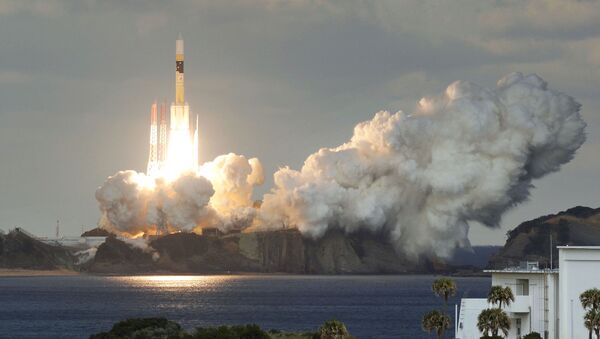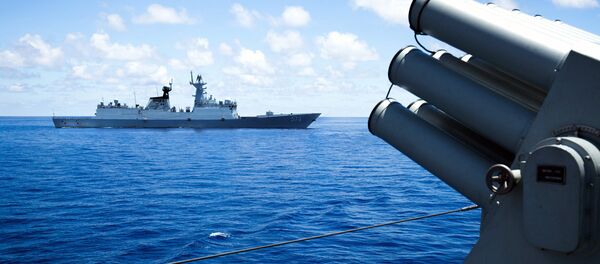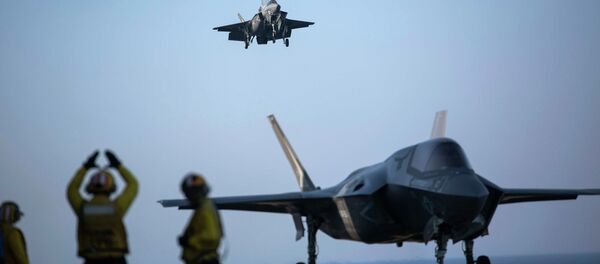The X-band satellite successfully reached orbit after blasting off on the back of a Mistubishi H-IIA rocket, a spokesman from Mitsubishi Heavy Industries said. Tokyo expects to send three X-band satellites into orbit over the coming years to quadruple the nation’s broadband capacity.
The launch served to erase a failed attempt last July, when a Tokyo missile’s antennas were damaged during a flight from Japan to the space station.
Analysts and spectators keep an unblinking eye on the South China Sea but the East China Sea is hardly less controversial. A group of five tiny uninhabited islands called Senkaku by Tokyo, and Diaoyu by Beijing, have caused political tensions between the neighbor nations to boil. Taiwan claims the islands, too. For Beijing, establishing ownership of Diaoyu/Senkaku is ‘critical’ to forming a cordon sanitaire that marks China’s maritime boundaries, a recent article in The Diplomat noted. Further, Tokyo and Beijing claim exclusive but overlapping economic rights to the same gas fields.
In December 2016, Beijing sent its aircraft carrier, escorted by several warships, on a ‘routine’ mission, prompting Japan to scramble multiple jets to monitor Chinese naval activity. Still, analysts maintain that the Liaoning, China’s only aircraft carrier, remains years away from possessing the same capabilities US carriers have made routine for decades, Sputnik reported. In the final three quarters of 2016, Japan has scrambled jets to patrol approaching Chinese military aircraft 644 times.
While Japan claims to hold an anti-war foreign policy, the launch of a satellite with military communications capabilities challenges this notion. In December 2016, Japan received its first Lockheed Martin F-35B, a substantial upgrade from the 1970s-era Mitsubishi F-4J aircraft. The Japanese Air Self-Defense Force is slated to add 27 more of the fifth-generation jets to its arsenal over the next half-decade.




